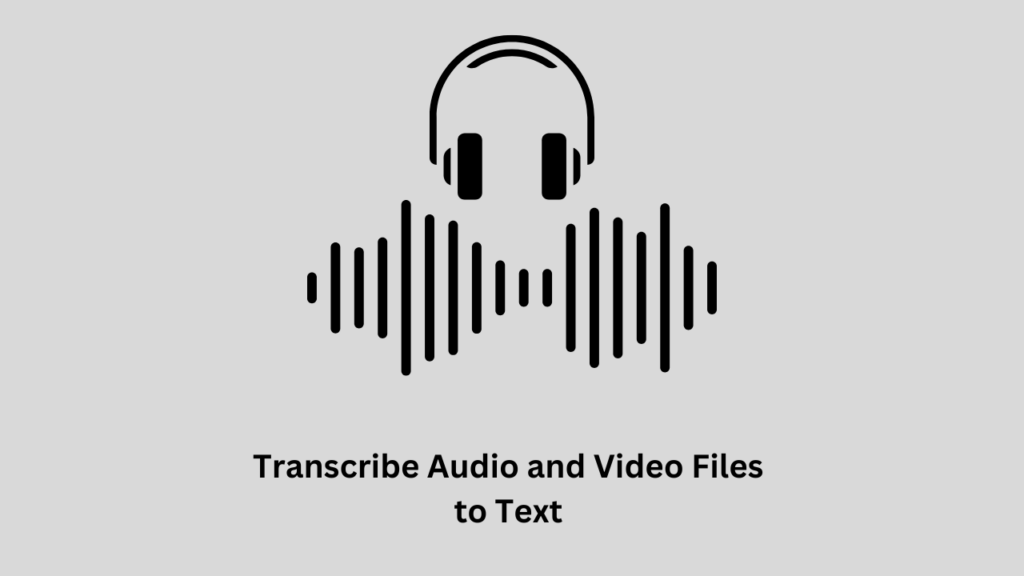ChatGPT and now other LLMs like DeepSeek, Perplexity, and more have taken the market by storm. From normal users to executives working in offices, everybody is using these AI-powered LLMs in their workflow.
Since I come from a research background, I thought to start a series where we will explore how to use ChatGPT and other LLMs in research. So this blog would serve as a starting page for this entire series. This particular blog is for researchers who are just starting their research journey.
Without any delay, let’s dive right in!
How Accepting is the Research Community Toward ChatGPT?
It is no secret that people from all industries have been using ChatGPT for a while now. The research or scientific community is not different. However, there are certain issues with using ChatGPT in scientific research. Let’s understand them one by one:
1. When we talk about research, we mainly talk about research articles and papers that are published in journals. Researchers work very hard to find a research problem, deciding on a methodology for investigating, gathering data, collecting evidence, and data analysis. And all of this is written in a document called a manuscript.
Writing a manuscript itself is a challenging task as you have to explain everything from the theoretical framework to the methods you have used and why you have used them. Then, you also have to explain your results and justify them. Since every problem is unique, the theories in support or against it, the scientific rationale, methods, results, and everything else are also unique in some sense for every research.
Hence, the task of writing the manuscript is of utmost importance. It is a big responsibility of the paper’s authors to write the manuscript carefully. However, many people now use ChatGPT to write their manuscripts. The LLM often misses out on important points and is not a reliable source for writing manuscripts for scientific papers. Hence, it is not encouraged to use ChatGPT in writing manuscripts.
2. Second, journals often have a clear policy of not accepting manuscripts that use ChatGPT or any other LLMs. They have their own plagiarism checkers that check for AI-generated content, and if AI content is detected, the manuscript is rejected.
3. Many people use ChatGPT for data fabrication and falsification, which is a highly unethical research practice.
There are many other issues that we won’t be able to cover in this blog. However, the bottom line is that one can use ChatGPT in research. However, ChatGPT can’t be an author in a manuscript and can’t be used as a writer to write papers as it can be detected as AI-generated content.
So, how do you use ChatGPT in research?

Many people simply think of ChatGPT as a writer, and that is where they focus. However, due to a massive data library and the ability to come up with reason-based solutions, ChatGPT can be used in research beyond simply as a writer. Here is how you can use ChatGPT in research:
- One can use ChatGPT to summarize complex papers, articles, and books.
- ChatGPT can be used to find key insights, trends, and arguments in a particular field.
- One can use ChatGPT to convert research into summaries, bullet points, or mind maps.
- ChatGPT can be used to gain knowledge of a complex topic in simple terms.
- It can be used to find a research problem.
- ChatGPT can be used to make outlines for your research papers.
- ChatGPT can be used to enhance the clarity, coherence, and argumentation of your manuscript.
- You can use Python code and ChatGPT for data analysis.
- It can help you enhance critical thinking with AI-assisted perspectives
The applications of ChatGPT in research are endless, and you can get so much help and become an efficient researcher using ChatGPT.
Using ChatGPT in Reserach
It is important to understand that research itself is a very vast topic, and it is impossible to cover every aspect in one blog. However, here are some interesting and unique prompts that you can use on ChatGPT as a new researcher:
Summarize Systematic Literature Review
Many new researchers struggle to find a research gap when starting their first research project. The best way to understand the gap in your field is by reading the latest systematic literature review(SLR) papers in your field. So what you can do is download the latest SLR papers related to your area of interest, copy their text, and use the following prompt to understand and identify the key gaps in your field:
Prompt: “I have a Systematic Literature Review (SLR) on [topic]. Please summarize it by identifying:
- The key areas of research covered
- Major themes and findings
- Existing methodologies used
- Any notable gaps or unexplored areas in this field
- Future research directions suggested by the authors
Also, structure the summary in a clear and concise way with bullet points.”

Prompt to Find a Unique Research Gap in Your Field
Although you do not need ChatGPT to find a research gap in your field. Simply identifying a local problem in your field and addressing it is enough as a new researcher. But, if you want to dive a bit deeper and have a more unique problem, try using this prompt:
Prompt: I am researching [field/topic]. Can you help me identify unique research gaps by analyzing:
- Current major areas of research in this field
- Commonly studied problems and their solutions
- Areas that remain unexplored or have conflicting findings
- Emerging trends that hint at future research opportunities
- Any technological, theoretical, or methodological gaps that exist
Please present this in a structured way and suggest potential research questions based on these gaps.
Summarizing a Research Paper
Many times, we come across a complex research paper that we can’t really understand. Well, this is where ChatGPT can do wonders. Simply use this prompt:
Prompt: Summarize the research paper titled ‘[Paper Title]’ by covering:
- The research objective and hypothesis
- Methodology used (qualitative, quantitative, mixed-methods, etc.)
- Key findings and conclusions
- Limitations of the study
- Future research directions suggested by the authors
Present the summary in a structured format (abstract-style) with bullet points.
Explaining a Complex Topic in Simple Terms
Again, there are many complex topics and theories in every field, and it becomes hard to understand them all. But in order to move forward in the research work, you need to understand these topics and theories. Here is how you can use ChatGPT to get help:
Prompt: Explain [complex research topic] in simple terms, as if you were teaching it to a high school student. Use:
- Everyday analogies to make it relatable
- Step-by-step breakdowns of how it works
- Examples to illustrate key points
- A concise summary at the end
If possible, also compare it to a well-known concept to enhance understanding.
Generating an Outline for a Research Paper
This is probably where I use ChatGPT the most. No matter how well-read you are on a particular topic, in my experience, ChatGPT always outperforms humans when it comes to creating the outline for a research paper. However, you do have to explain everything that you are trying to do in the paper. But in general, you can use this prompt to prepare an outline for your research paper:
Prompt: I am writing a research paper on [topic]. Can you create a detailed outline covering:
- Introduction: Background, research problem, objectives
- Literature Review: Key themes, theoretical framework, gaps
- Methodology: Research design, sample, and data collection methods
- Findings & Discussion: Expected results, analysis framework
- Conclusion: Summary, implications, future research directions
Provide bullet points under each section to guide my writing.
Wrapping Up
This is the best guide for beginners to learn how to use ChatGPT in research. Remember that you are just beginning your journey, and it is better to develop a habit of reading available literature on your topic and field.
ChatGPT can help you become more efficient, but it will not become a researcher for you. Use ChatGPT responsibly and come up with unique research findings that help society in some way. We hope this guide helps you become a good researcher.
Also, Read:




